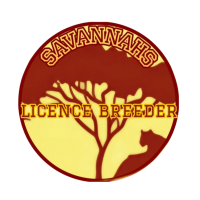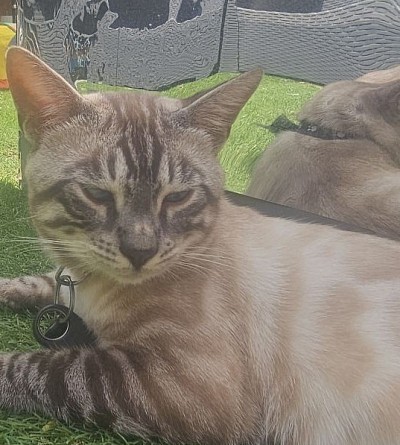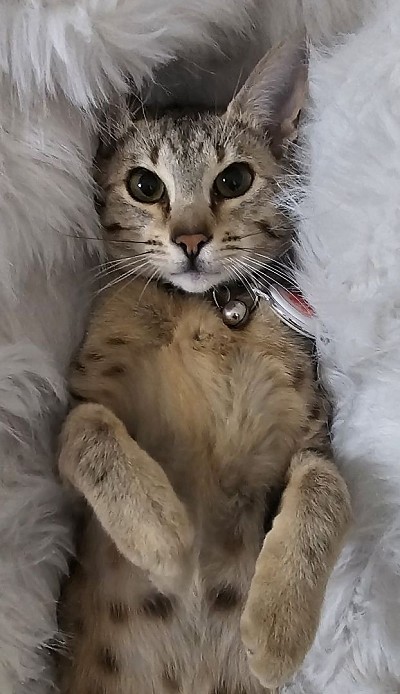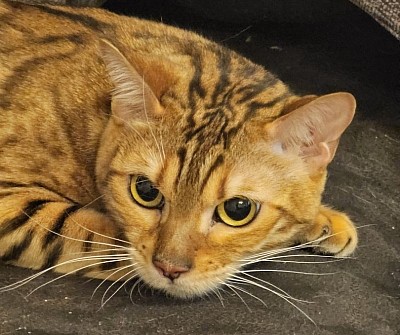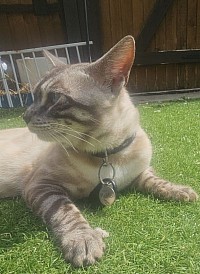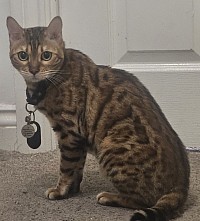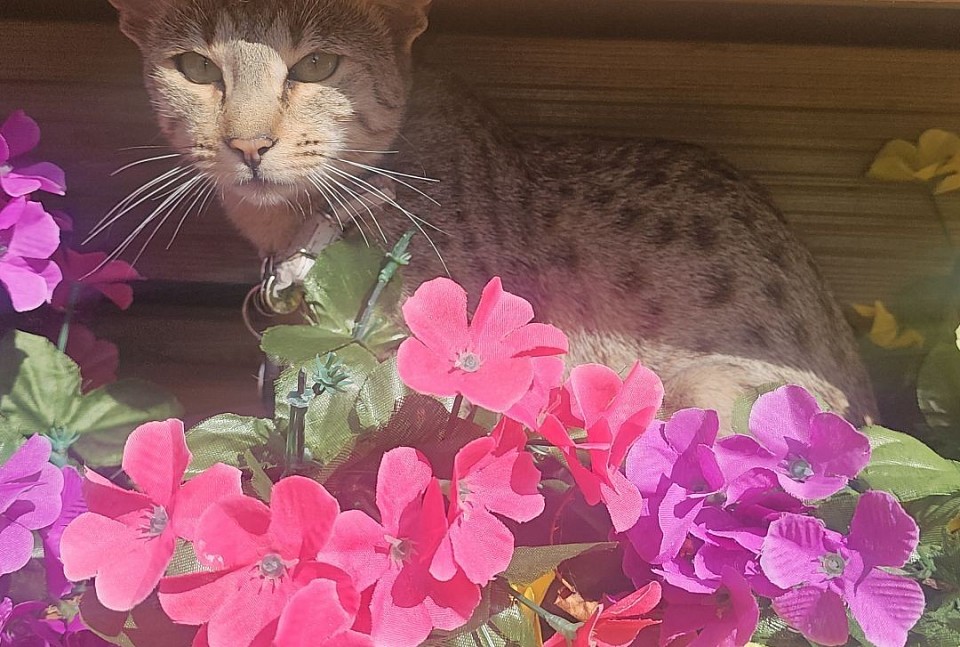Stud and Queens
stud (sire)
Pablo is a gorgeous, sweet-natured snow Bengal (seal lynx) with a sparkling coat, registered with TICA, and those amazing blue eyes and beautiful markings. He shares his home with our kids and other Bengal cats, is extremely well-socialised, and is truly part of our family. He’s microchipped, gets regular vet check-ups, vaccinations, flea treatments, worming, and is in great health.
______________________________________________
We are offering our beloved pet, BLUE, for stud. He is a beautiful, well-tempered, glitter-coated snow Bengal (Sealy-Lynx) that is TICA registered. He has striking blue eyes and stunning markings. BLUE lives alongside both Bengal and Savannah cats and is well-socialised with our Savannah family.
He is microchipped, regularly vet-checked, vaccinated, flea-treated, wormed, and in excellent health. We charge £300 for a stay of 3 nights, with the option for an additional night if needed. Our facility includes a catio with both indoor and outdoor areas, equipped with CCTV, secure fencing, heating, lighting, and comfortable accommodations.
Please bring your queen Bengal or Savannah, along with her health certificate, confirming she is vet-checked, vaccinated, flea-treated, and wormed. She must be in obvious heat and ready to breed.
Queen (Dam)
Savannah has been an absolute joy! She's super affectionate and really involved in our lives. I just adore her sweet personality. Her big, wild golden eyes stand out beautifully against her lovely profile and cute ears. With her striking bold contrast, she’s sure to shine. She’s registered with TICA, microchipped, and gets regular vet check-ups, vaccinations, flea treatments, and worming—she’s in fantastic health.
Queen (Dam)
Bella is a stunning brown marble girl with warm, rich hues and adorable doughnut-shaped rosettes on a buttery basecoat. Her fur feels incredibly soft, and her eyes are slowly changing to a beautiful shade of brown. She's friendly, playful, and full of energy. Registered with TICA Microchipped and all caught up with vet visits, vaccinations, flea treatments, and worming—she’s in excellent health.
Dam and Sire
A damsire is the sire (father) of a dam (mother); in simple terms, it’s the maternal grandfather of an animal. This term is most commonly used in horse breeding to refer to the male ancestor on the mother’s side of a horse’s pedigree. You might also hear it called the broodmare sire or maternal grandsire, which is a key figure in shaping the lineage and potential of the offspring.
Here’s a quick rundown of the terms you’ll find in a horse’s pedigree:
Sire: The father.
Dam: The mother.
Damsire: The sire of the dam, or the maternal grandfather.
Grandsire: The sire of the sire, or the paternal grandfather.
Why is the damsire important?
- Influence on traits: A damsire can pass down key genetic traits through the maternal line. That’s why breeders keep a close eye on the damsire’s background when aiming to produce offspring with great qualities.
- Breeding value: A stallion’s worth isn’t just about his own direct offspring—it also depends on the success of his daughters (the dams) and even his granddaughters. This highlights just how influential a good damsire can be.
Studs and Queens
In cat breeding, a stud is an unneutered male cat kept specifically for breeding, while a queen is an unspayed female cat in heat and ready to mate. Queens usually stay at the stud’s home for a few days to mate, often needing several successful attempts for ovulation to happen. This whole process involves careful health checks for both cats to avoid spreading diseases and is a key part of responsible breeding.
The Role of the Stud Cat
Breeding focus: A stud’s life revolves around breeding, so he’s not really suited to be a regular pet.
Health & temperament: Studs need thorough health screenings for diseases like Feline Leukemia (FeLV) and Feline AIDS (FIV). They also need a calm temperament to handle the stress of meeting visiting queens.
Housing: A stud should have his own well-ventilated, insulated space to stay healthy and to keep noise from calling males from disturbing neighbors.
The Role of the Queen Cat
Mating behavior: A queen lets you know she’s ready by “calling” (being vocal) and “presenting” (raising her hindquarters) when you scratch the base of her tail.
Induced ovulation: Female cats are induced ovulators, meaning mating triggers egg release. It often takes several matings over a few days to make sure ovulation and pregnancy happen.
Temporary stay: The queen usually stays with the stud owner for about three days, during which multiple matings can take place.
The Breeding Process
- Preparation: Make sure the queen is healthy and has had necessary tests like blood work for FeLV and FIV.
- Introduction: The queen visits the stud owner’s home, and she and the stud are carefully introduced—often separated by a partition at first.
- Mating: Mating is quick and can be rough, with the stud gripping the queen’s scruff.
- Aftermath: After mating, the queen might hiss, roll, or even attack the stud, so he needs to quickly get out of the way.
- Post-mating: It’s important to keep the queen indoors for a few days after she goes home, since she can be impregnated by different males during the same heat cycle.
